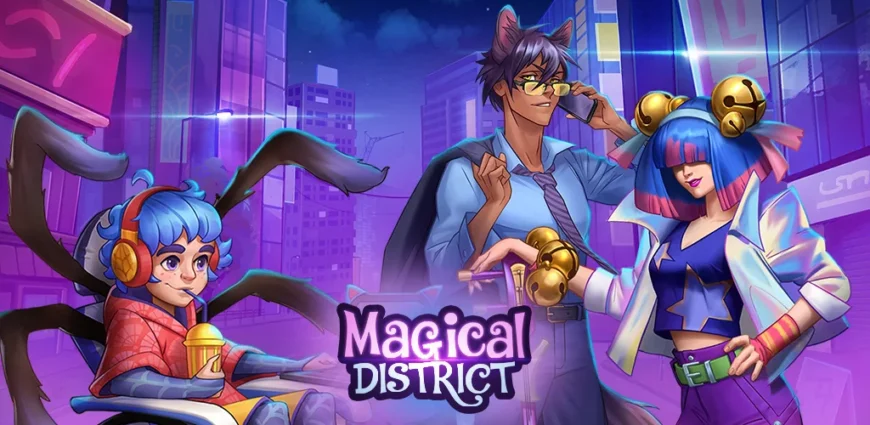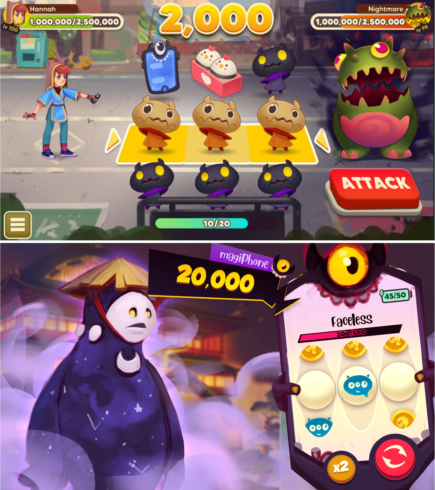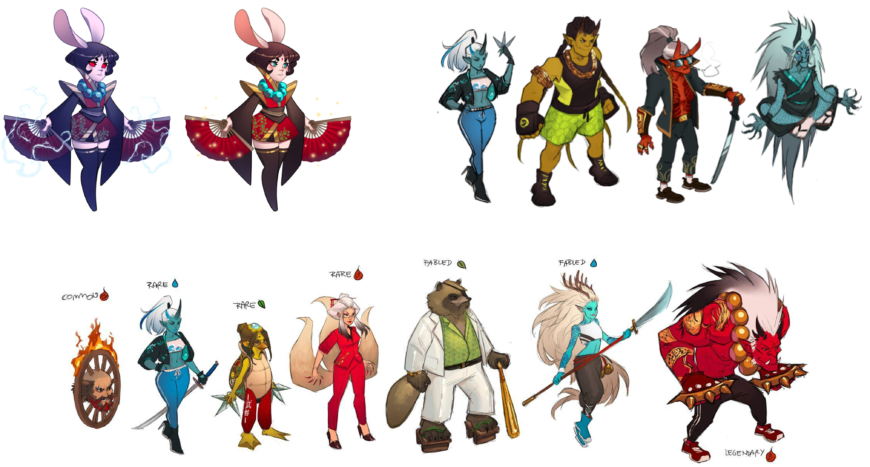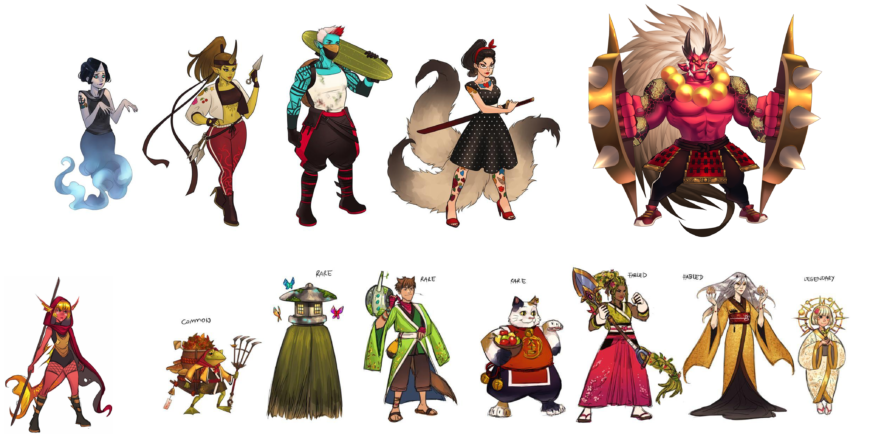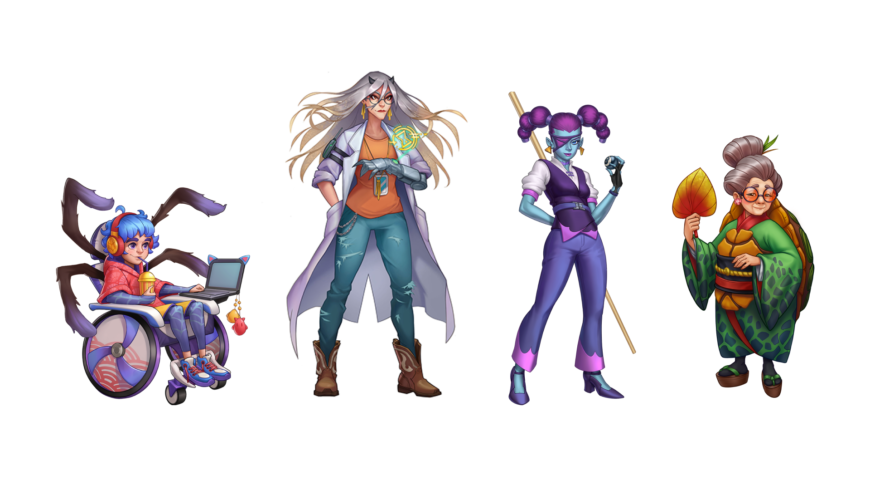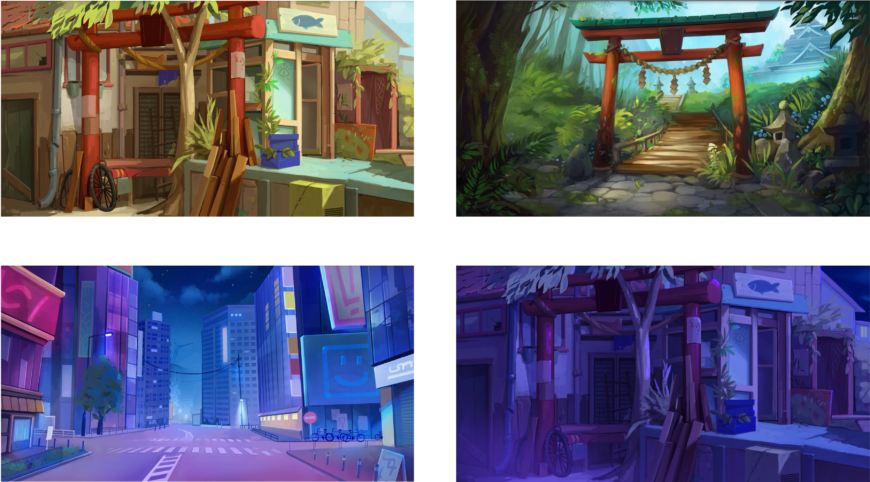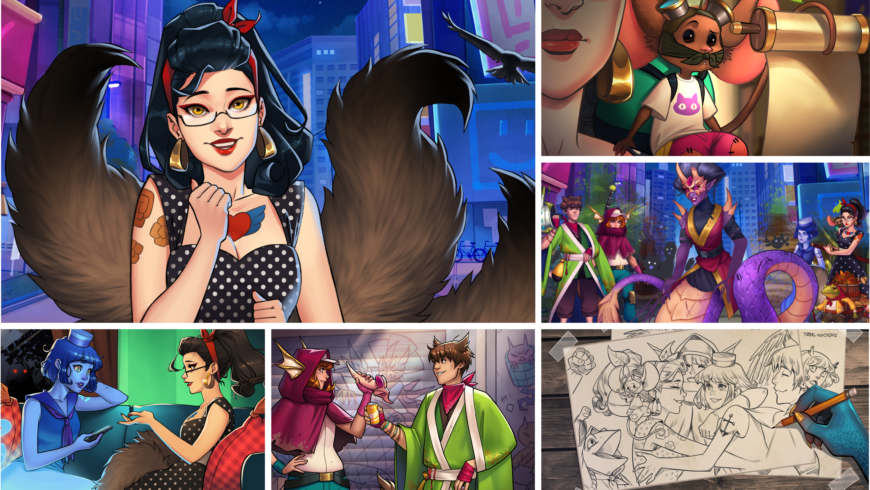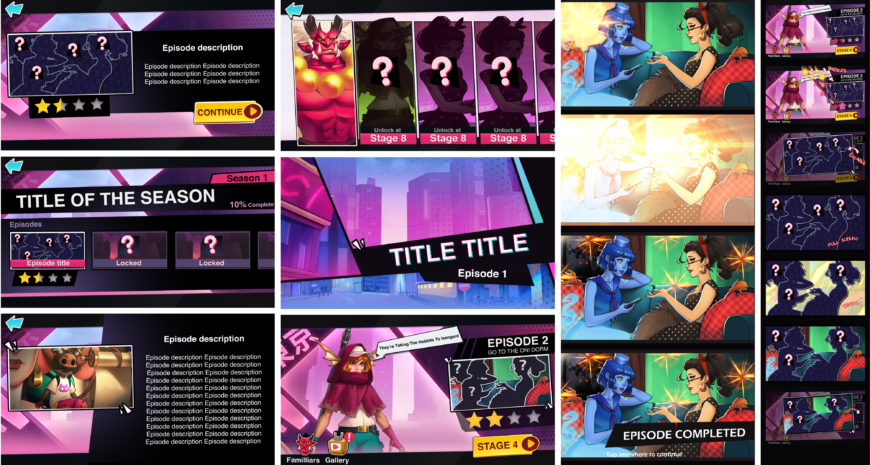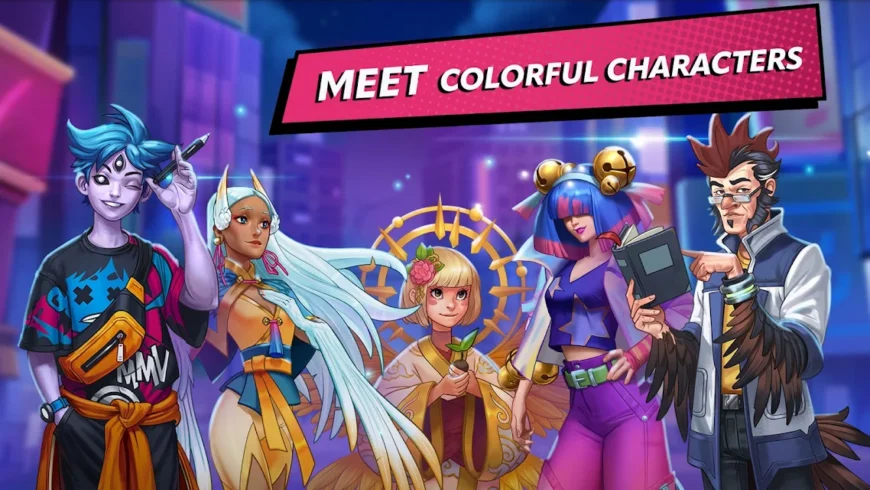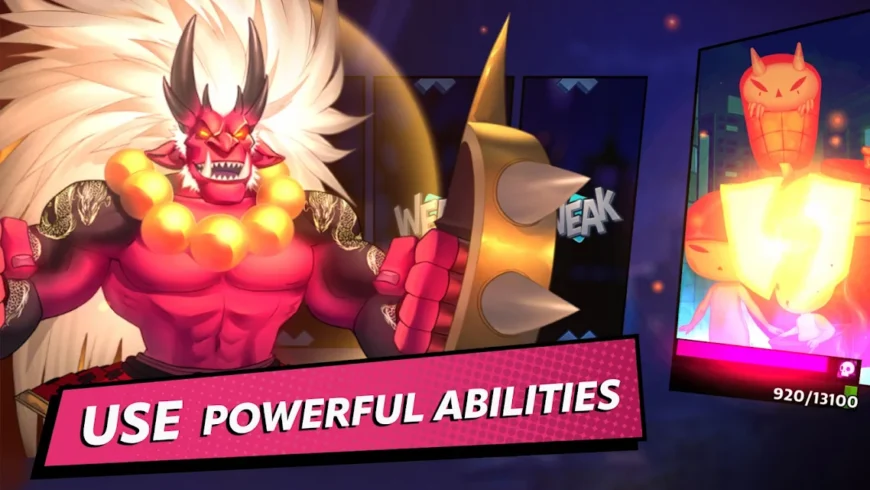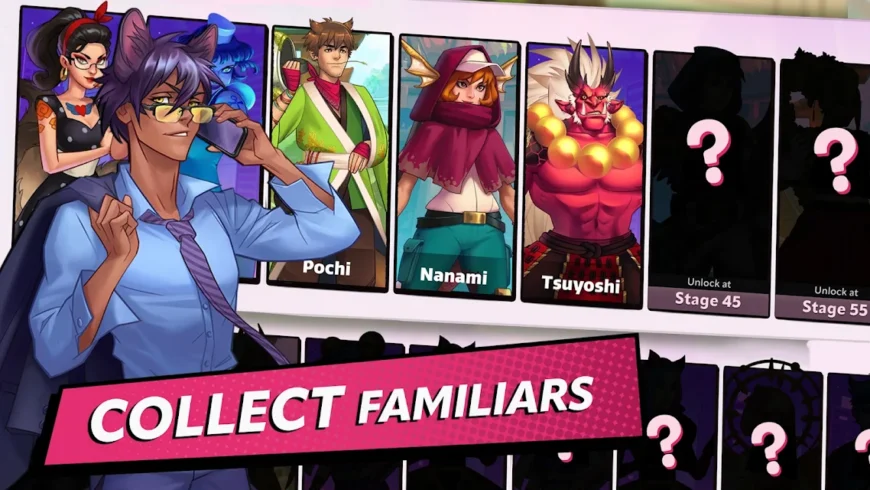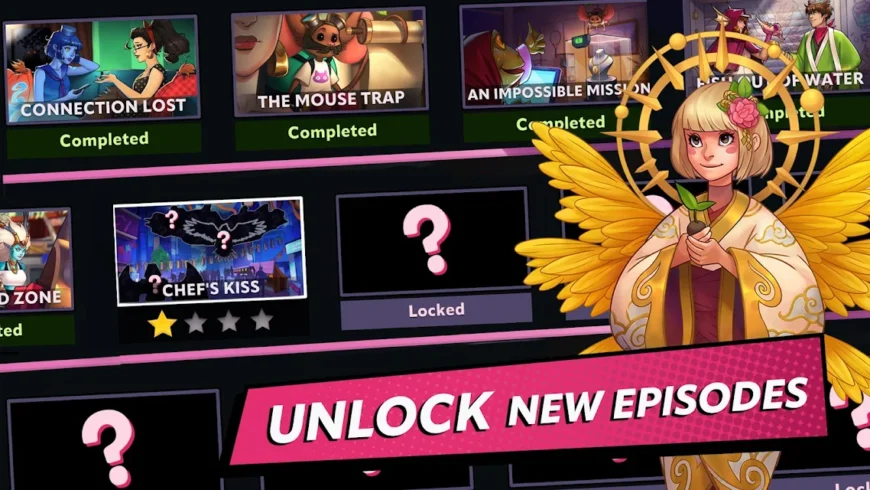Gaming is not just about entertainment, it’s about creating immersive experiences that transport players to another world.
Here I am going to showcase one my first full fledged work as Creative Director. In this particular example I want to show the whole creative process behind the creation of what I can call my very first made IP.
I will try to focus in this example on how the creative direction came to life, more than the game mechanics.
It started with the simple question: who is this game for?
In this game I tried to convey the learnings from different player tests, for example we knew that our target audience was keen to travelling to mysterious place, they had an inclination towards a more mature content and art style, while they were still preferring stories like Alice in Wonderland or Spirited Away.
All of this data came across from tests, interviews creating clusters of personas which we then used to develop the main mechanics.
Following up the mechanics we decided to aim for a character driven game, where the player had to meet and collect characters to become stronger.
At the beginning our main examples were monster collecting games, such as Pokémon or Digimon, which mixed with the Spirited Away theme created something very mystical but at the same time with an already strong direction in the vibes.
At this stage we were still too much attached to the casual art style and we had to depart with it later to go into a more mature character design.
Of course this was the sign that we had to not only provide a series of pretty characters but we wanted to establish them into a proper lore, which brings us to the next step: world building.
World building comes with different needs: in our case we wanted to preserve the learnings but at the same time as a Creative Director I personally wanted to create a theme that would have been an evergreen, something recognisable despite not knowing the gameplay.
In the gaming industry, we’re not just competing with other games, we’re competing with all forms of entertainment. Our job is to create experiences that are so compelling, players can’t help but come back for more.
We started with a first series of characters to fine tune the art style.
The initial setup was street gangs composed by Japanese yokai, to get away from the classic western fantasy approach, but this theme itself was not easy to scale in the long run. So we went for a more serial approach: dividing the characters into types, giving each type a specific theme.
This was for sure a step up to the right direction, since this would have worked well along RPG mechanics, but still it was really hard to visualise those types as groups, since we did not want to go by elements but more by theme.
That’s when I envisioned a system based on embodiment of values: creativity, hope, intelligence, courage, friendship, and so on.
This was not a common approach but it was working on expanding and dividing the characters with a logic. It was also easier to create a character
I built this world with the goal to populate it with characters embracing a full spectrum of human diversity, including their dreams, fears and even accepting their flaws as a message for the players who want to be represented.
The game was developed with 2d sprites, which allowed us to develop a more visual novel oriented approach for the cutscenes.
The way I cooperated with the artists was by giving them an initial input on the characters description and after a review they would have proposed different versions of the characters, giving some space for tweaks before investing their time into rendering.
The art was made and coordinated by the talented artists Kasia Nie and Adrianna Foryś, so make sure to check their works and support them.
I came to the conclusion that the beauty of our characters comes also from how they are diverse and the reason behind why they are heroes.
For example with the character of Jorōgumo (spider yokai), I really wanted to play around the idea that his strength did not came from the most obvious thing, like the legs, but the fact the kid was a very skilled hacker and gamer and that he managed to overcome his condition by finding his own talent. Playing an homage also to the rich historical background, for example I made Jorōgumo an hacker behind a screen, which is a parallel to the original legend of a giant spider shape-shifted into a woman to lure men.
I also wanted to wide the range of possibilities, because this world was meant to feel real despite the magic, so I was totally into including elderly people, prosthetics but more importantly strong background stories, such as grief for losses, traumas and regrets behind what it could look like an happy character in the surface.
Once we setup the characters and a generic idea of the world (in this case it was a parallel version of modern Tokyo, but full of yokai) I came in touch with the writers to build together documents such as: world deck, characters profiles and of a narrative layer.
The narrative layer became embedded in the game, from the core battle mechanics, to the tutorial, giving us the idea to create a cutscene system for dialogues between character.
A big part of when you build a story with fights, is finding a reasoning behind it. In our case the key was to give the enemies a reason to misbehave in this magical society, while our characters had a background story for each of them.
My goals was to give a depth to any of them, despite their strength and rarity, in order to build interactions between them: do they know each other? are their personalities clashing? Romance or friendship?
This allowed us together with the writers and the art team to envision a game divided in episodes and season, like TV series which is a format pretty known to the public nowadays.
As a reward for completing the episodes, the player was rewarding the very beautiful illustrations, which allowed them also to unlock narratively a part of the background of the characters.
We personally tackled different genres of stories: police stories with the retired cop, a flashback about a grieving mother, gambling and trust issues, and so on. Because the direction was to surround the player with familiar faces and a wide range of emotions who would have hooked them to their screen, craving for more.
Around the characters we built a whole system of dynamic interfaces and still with the use of big fonts to ease the readability for a casual audience.
To give a sense of progression we developed various chases such as a puzzle system, a start system and various albums for collection.
In the end the game managed based on the comments, to captivate the public thanks to the characters and their stories.
I personally gained many insights after this and I somehow still believe that the theme would have been easily reused for other games later down the road.
So far I am really proud about the process and the world built, and I am pretty sure that somehow I will be able to make use of these new skills acquired.
